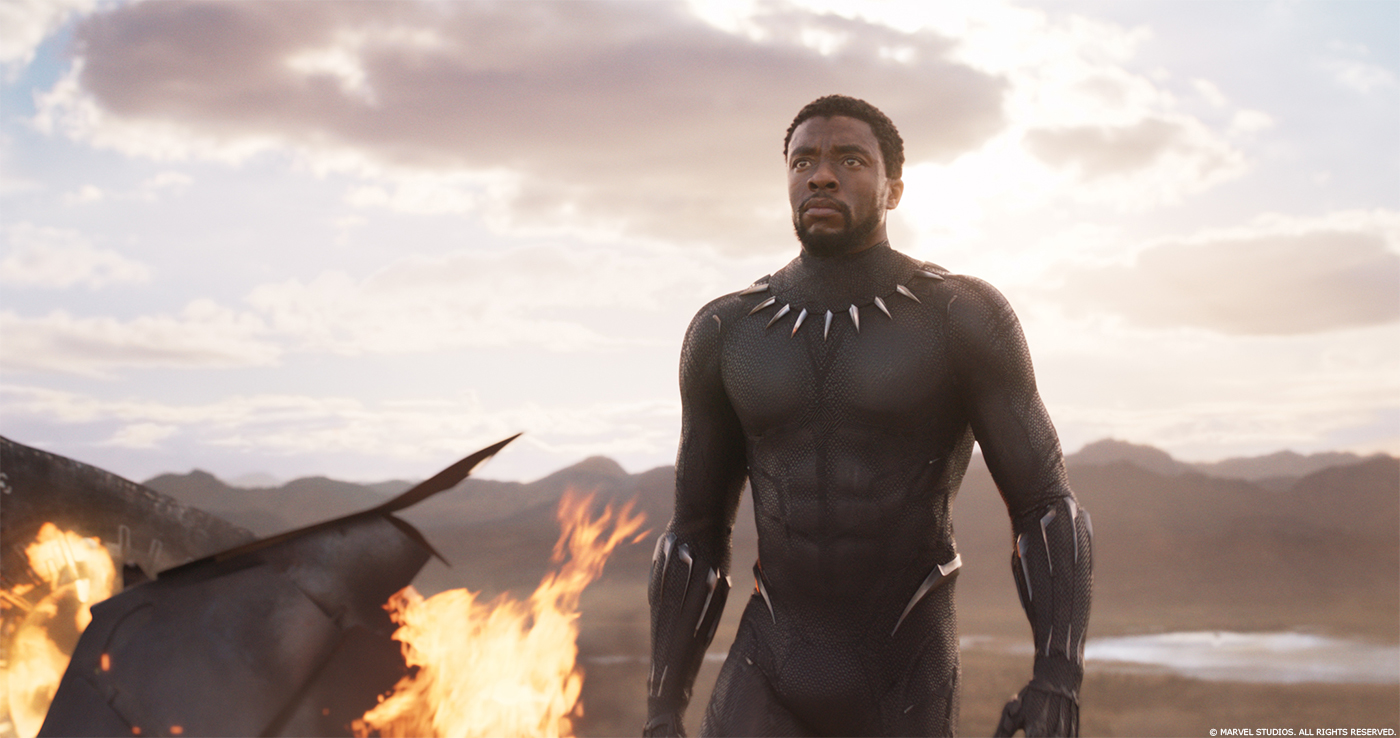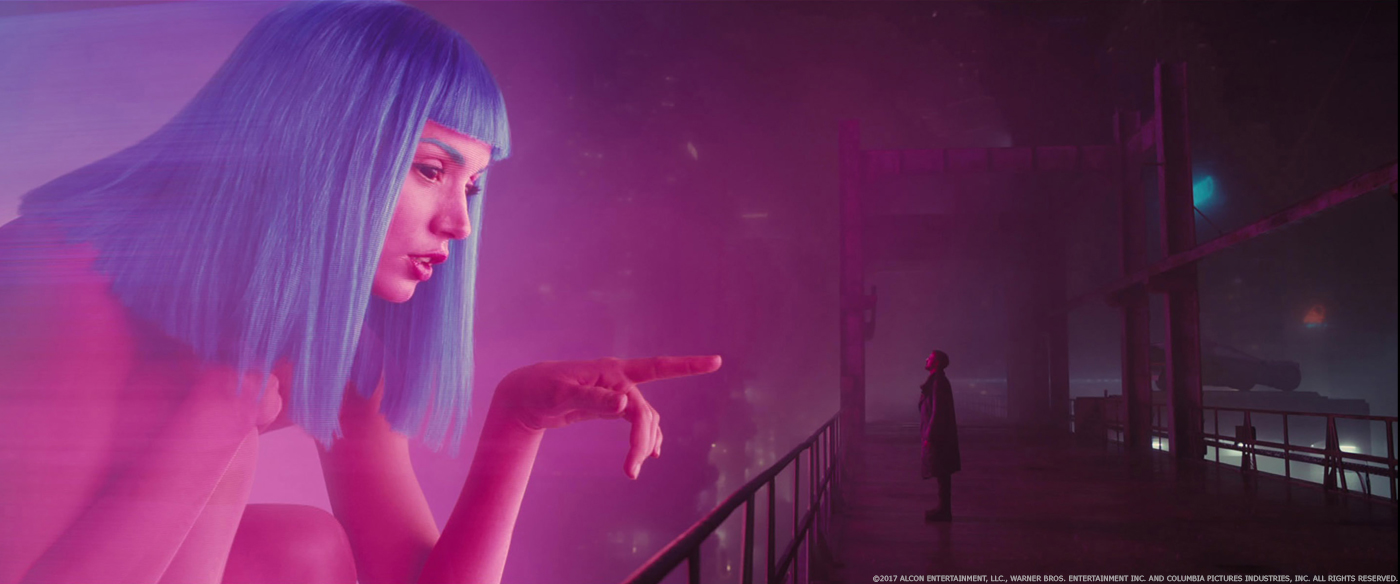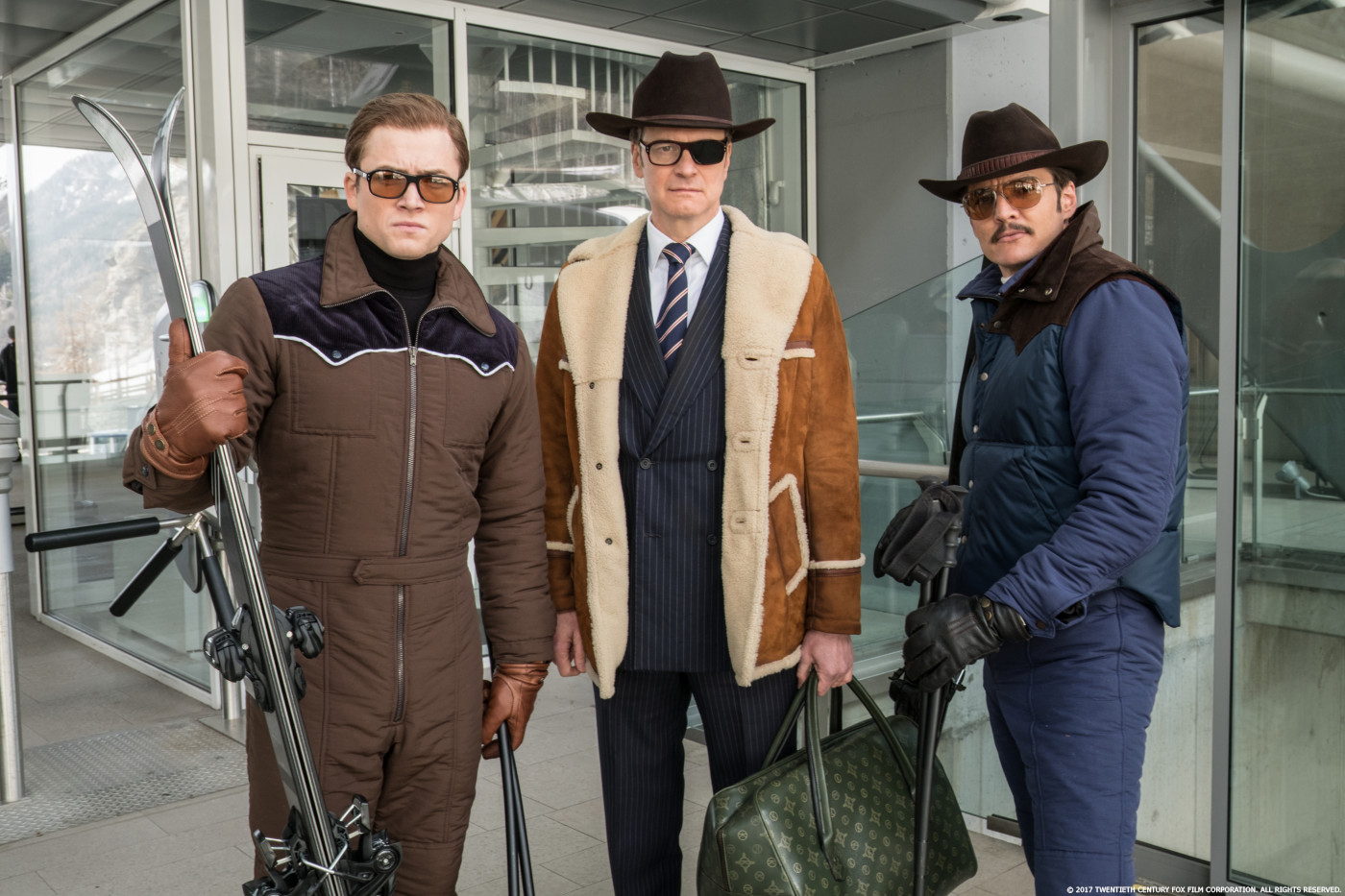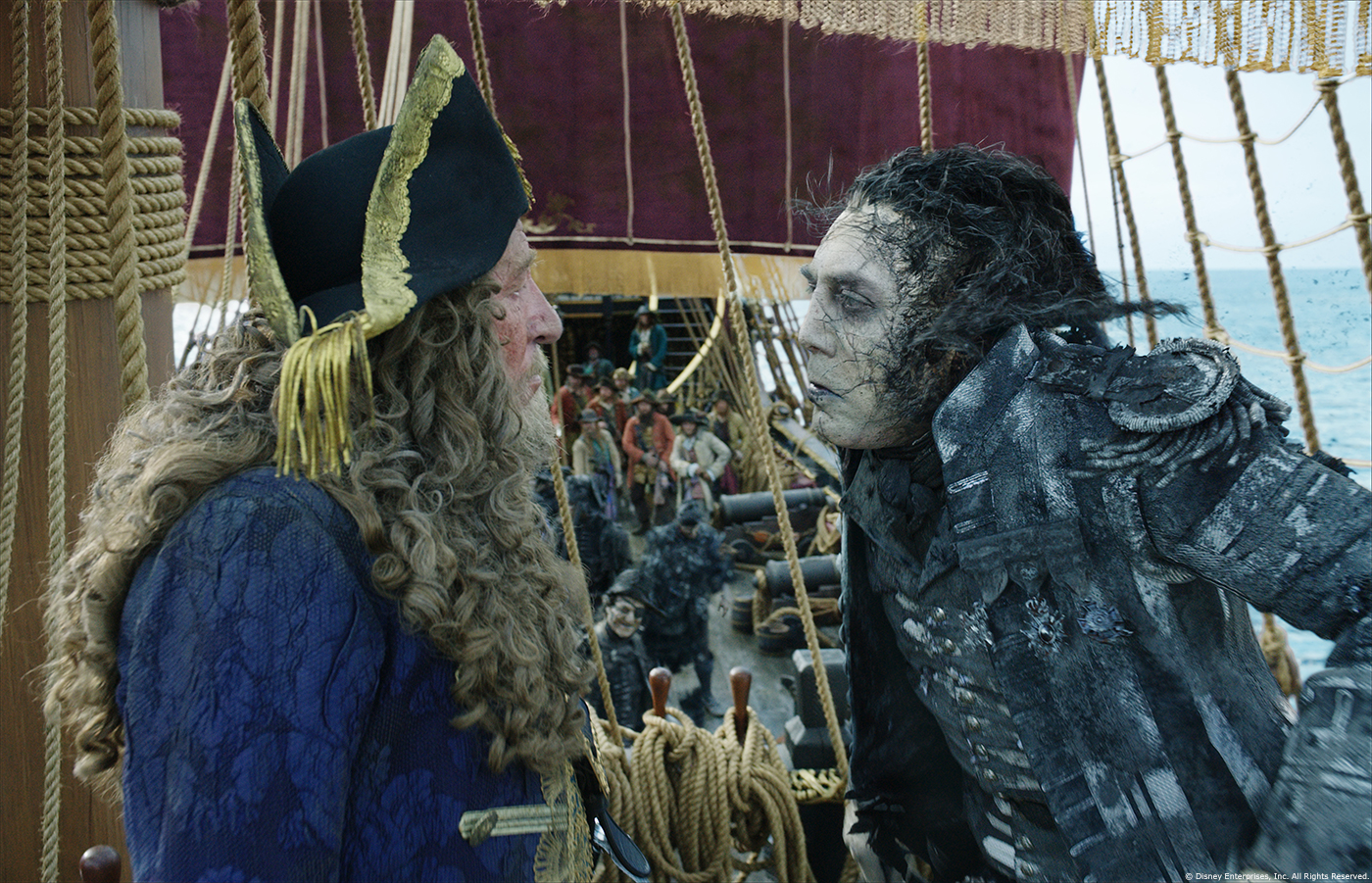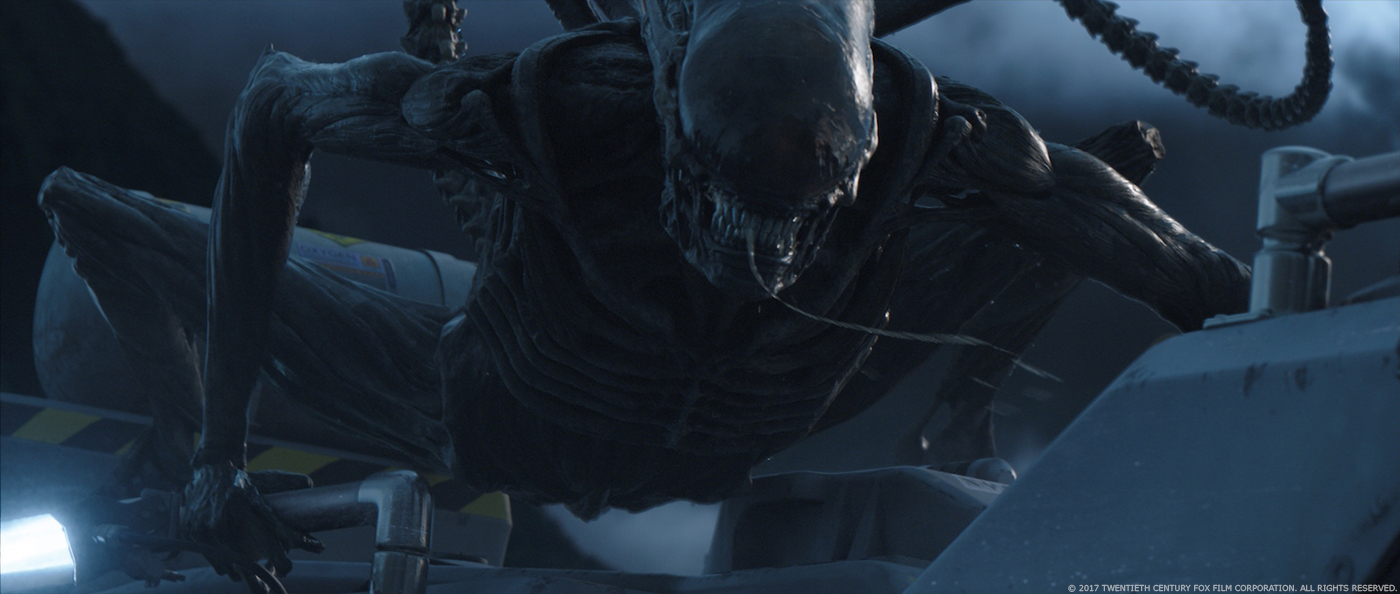After telling us about his work on THE ADJUSTMENT BUREAU, Mark Russell is back on The Art of VFX. He talks about his work on the film TOWER HEIST.
How did you get involved on this project?
I met Brett Ratner just as I was finishing THE ADJUSTMENT BUREAU. The producer Bill Carraro was the same for both films. They started pre-production right next to my office, so it made it pretty easy to communicate.
How was your collaboration with director Brett Ratner?
Brett really relies on his team to bring their ideas to the table. He really allowed me to create some interesting things and realize my ideas.
What was the real size of the set for the penthouse and the pool on top of it?
Kristie Zea, the production designer, and Nick Lundy, the art director, modeled the penthouse set on a real penthouse apartment in the Trump International Hotel and tower. The scale and shape of our set was nearly the same. We did have to make it a bit smaller because we couldn’t find an available stage in NY that could hold such a large apartment. The pool was a complete fabrication, so we made a pool that seemed big enough to be a lap pool and would look good on the roof.
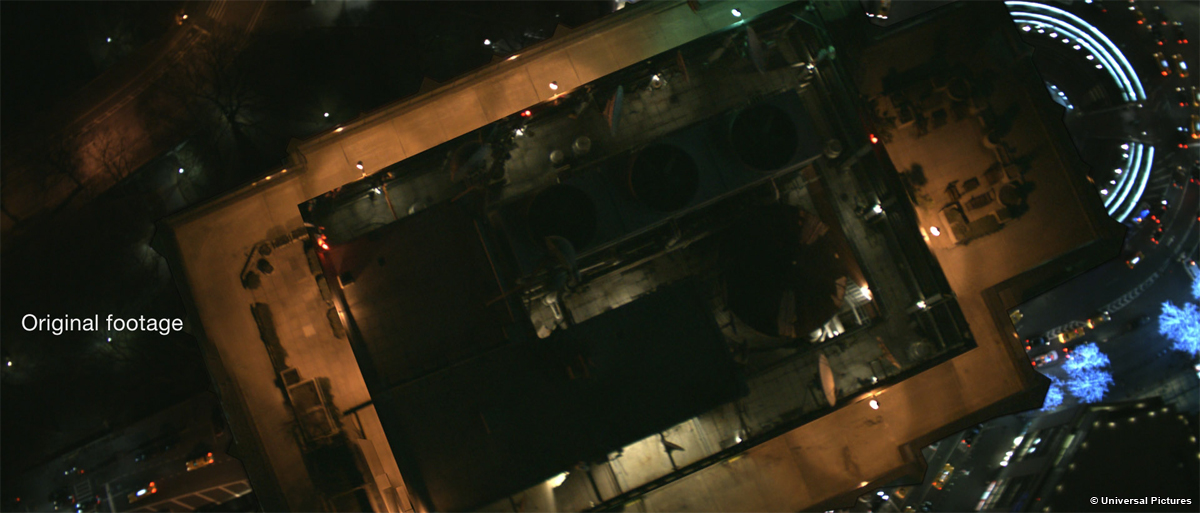 |
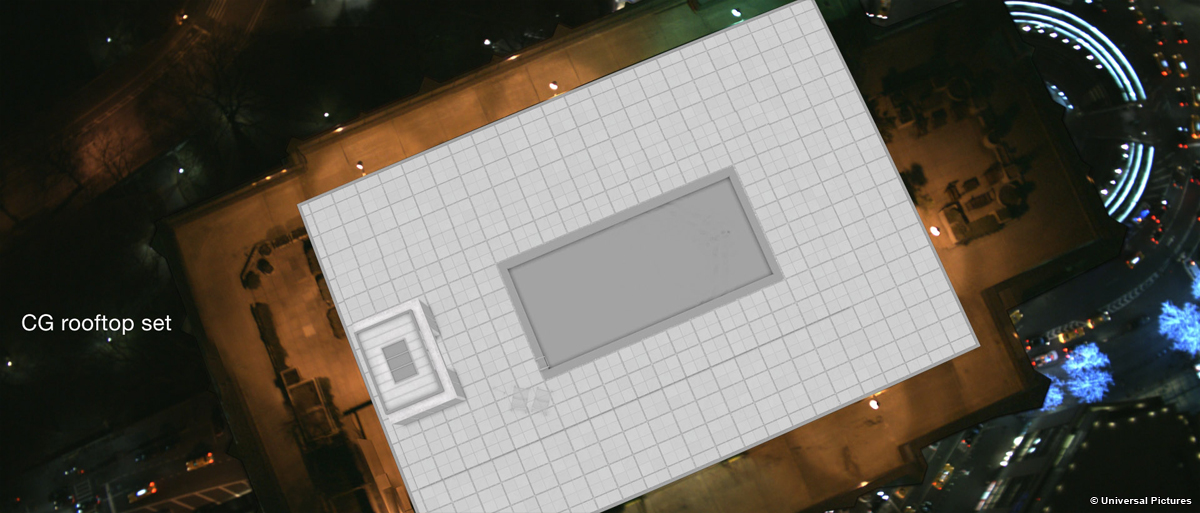 |
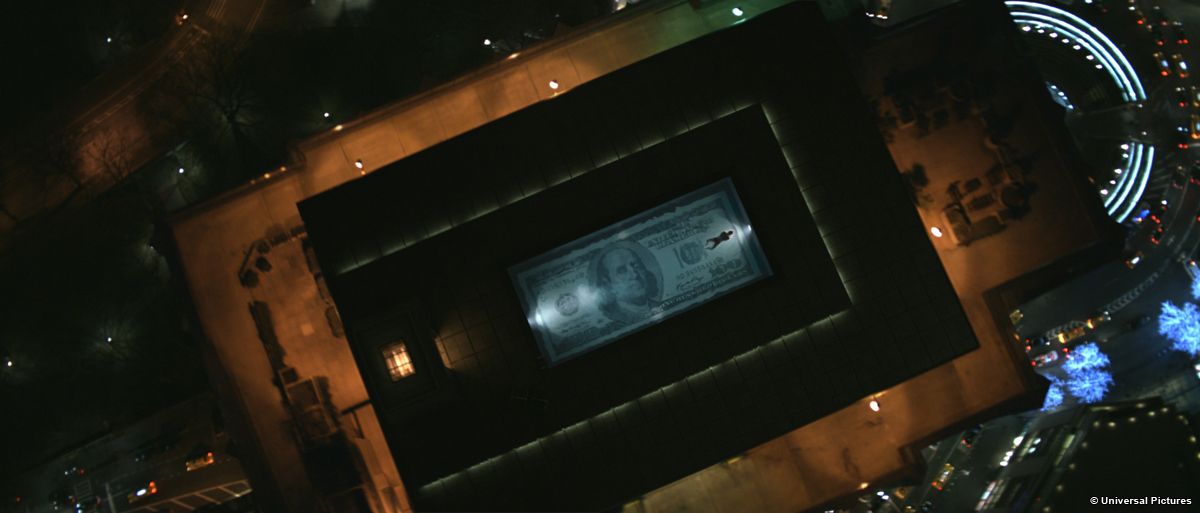 |
How did you take the references and the elements for the environment?
The BG elements were captured a number of different ways. First, we shot a very very high res panoramic image for use as a printed translight backing during photography. That same image was then used as the digital background in most of the scenes from the apartment. We supplemented the translight image with a combination of images captured with an array of Canon 7D cameras shooting both stills and video from the same place. Also, we shot a number of plates during the Thanksgiving Day parade on film and again with the Canon array.
Have you considered doing the backgrounds shots with the retro-projection technique?
During pre-production we (Brett, Kristie, Dante Spinotti (cinematographer) and I) decided that we wanted the flexibility of a greenscreen for the background for a number of reasons. First, we felt that the amount of parallax that we would get from the multiple steady-cam shots would look much better with a 2-1/2D image rather that a flat backing or a projected image. Also, the sheer scale and scope of the views was too large to realistically cover the set, so we would have been supplementing much of the BG anyway, and I felt it would be cleaner to replace the BG as a whole. Finally, Dante really wanted each of the scenes to feel like different times of day, and we knew it would be much more difficult to achieve that in camera with one backing.
Can you tell us more about the sequence in which Eddie Murphy is moving through the elevator shaft?
The elevator shaft was tricky in that it’s not a very long set of shots, but yet it was an enormous physical and CG build. The art department built a three story section of the elevator shaft with a hotel hallway attached (20 feet in the air) that was used for in the shots of the car getting dropped into the shaft and the guys arriving at the bottom and top of the shaft. It was also used in the shots of Eddie climbing out of the elevator which we extended to add peril. John Bair and his team at Phosphene build a CG version of the shaft and the elevator cars that we used in all of the shots of the elevator moving and anything where we saw more than 2 floors of elevator in the BG.
How have you designed and created the shots in which Ferrari is suspended in the void?
These shots were story-boarded by Brett and an artist named Dave Cooney. I took the boards to Gravity, and we made a 3D previs of the entire sequence with the car and the guys outside the building. In doing that, we found that we needed some additional shots, so we created a number of helicopter-type shots that we could do in full CG which gave the scene a bit more scale and danger. On the set, we used the 3D previs as our shooting guide on a shot by shot basis. It was very helpful.
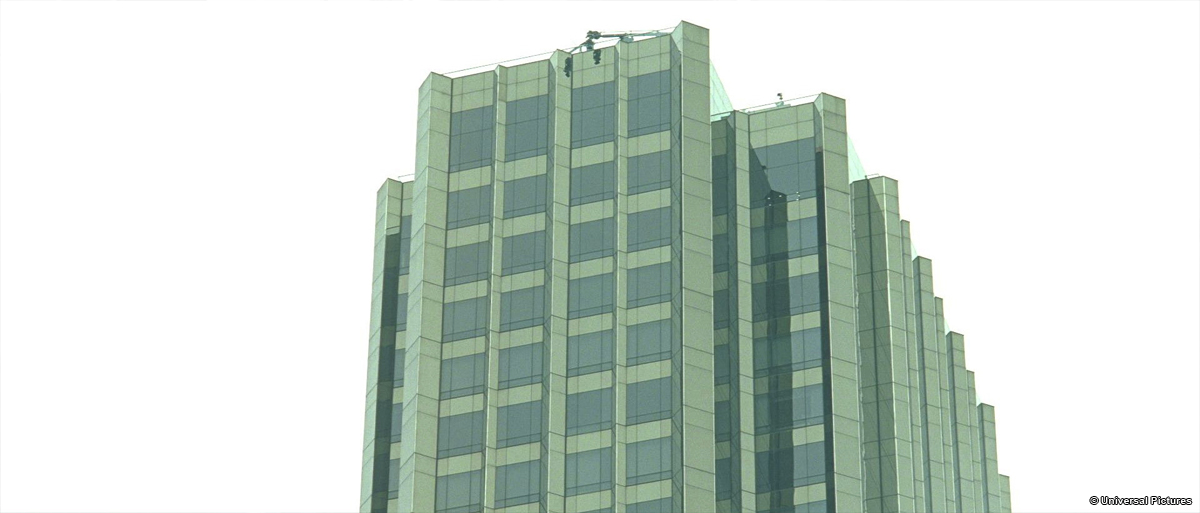 |
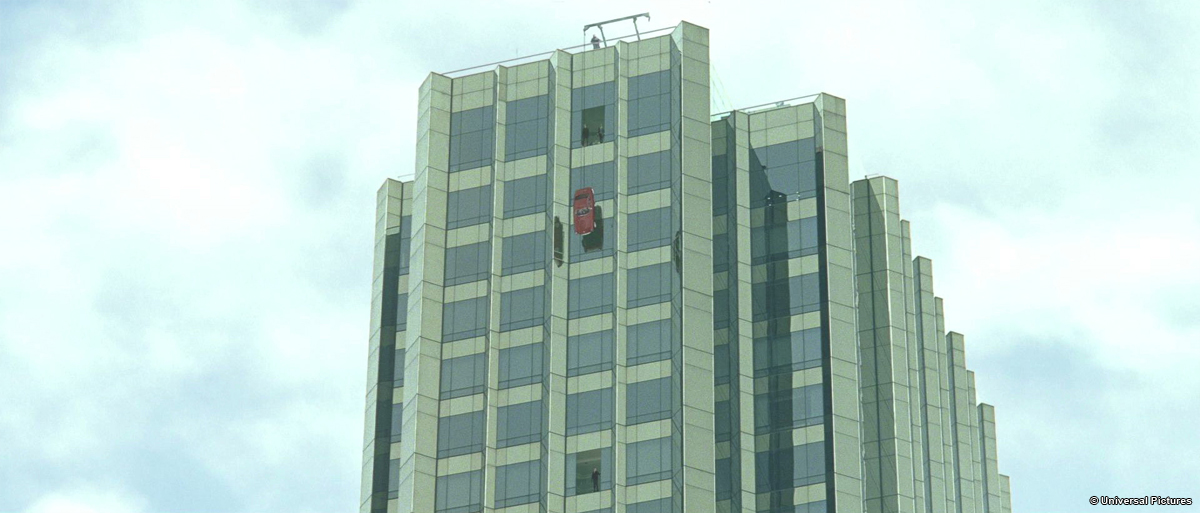 |
Can you tell us more about the shots with the team and the Ferrari in the elevator shaft?
Essentially the scenes were divided into two categories: things we could shoot in the practical shaft and things we needed to shoot on greenscreen. We shot all of the actors the top of an elevator cab against green screen for anything where the cab was traveling up or down the shaft. Shots were they elevator cab was slowing to a stop or not moving at all were done on the physical set. Steve Kershoff, our amazing special effects coordinator, built a moving platform that could hold the actors and the Ferrari, so that the shots where they are slowly approaching the roof of the shaft are mostly in camera. The platform didn’t move very fast, so anything that needed to appear fast was shot on the greenscreen.
Did you create digital doubles for the wide shots showing actors on the Ferrari?
Yuval Levy and the 3D team at Gravity made digital double for a number of the wide shots with Ben, Eddie and Matthew hanging on the Ferrari.
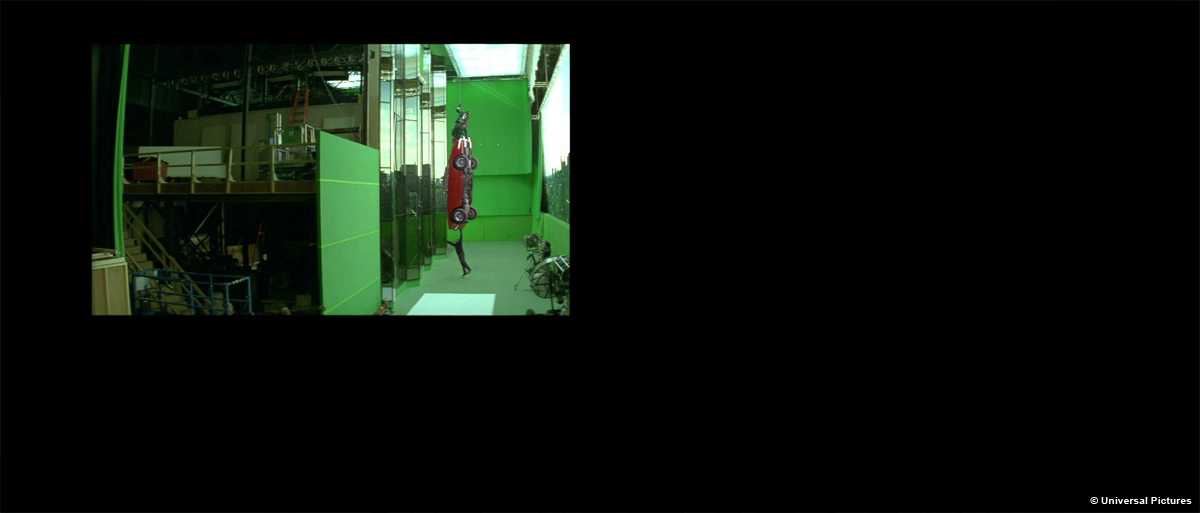 |
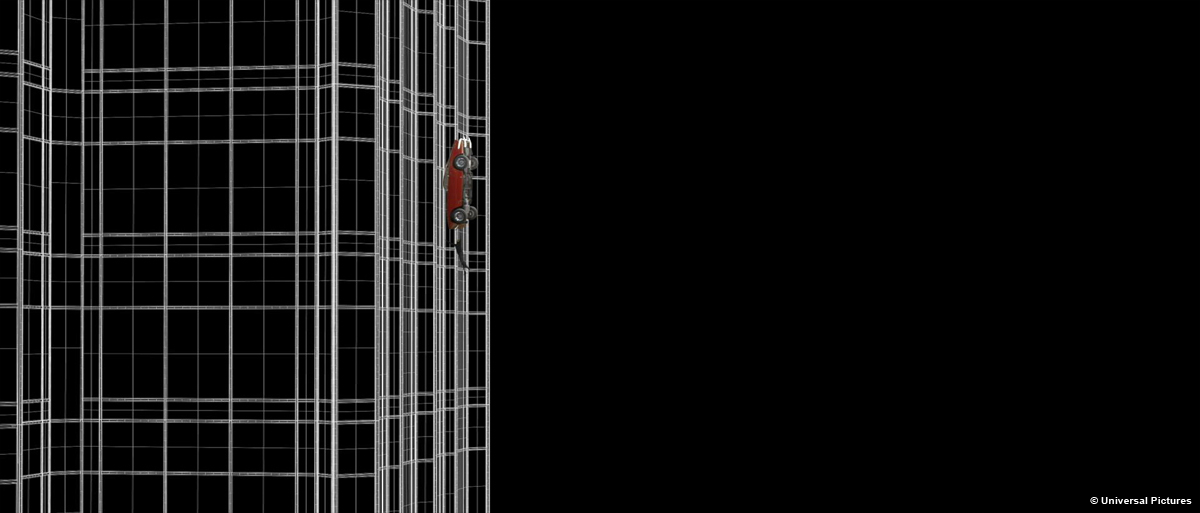 |
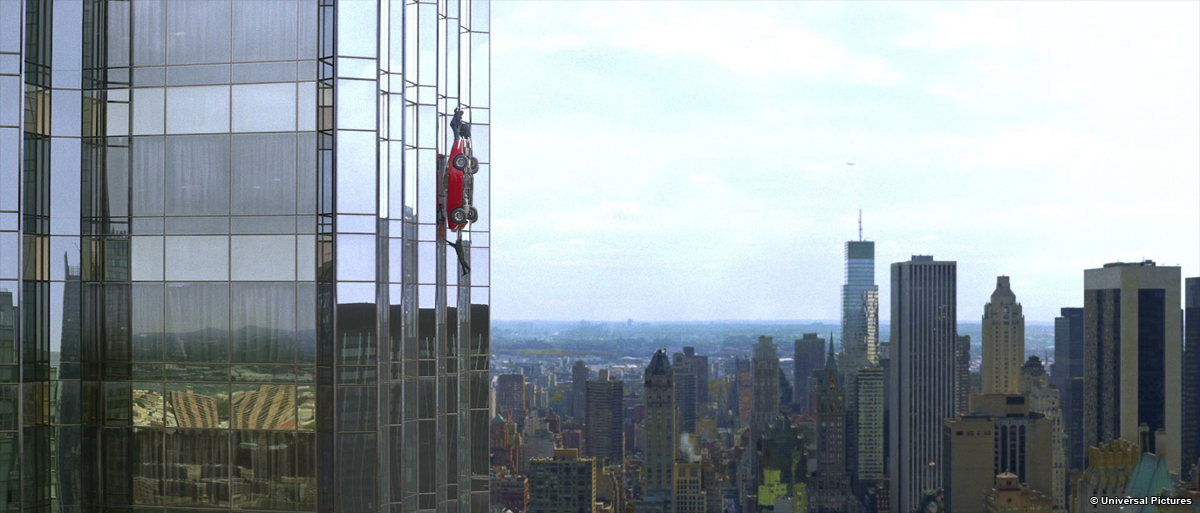 |
Have you done something on the Thanksgiving Day Parade?
We had a team of 7 cameras shooting various elements and shots during the Thanksgiving Day parade. It was a crazy day, because we really had to rely on what each team could capture on their own. We could communicate by radio, but we couldn’t really get to one another once the parade had started. I was very specific about the types of shots I was hoping to get from each of the positions. The most important pieces for me on the day were the ones shot from the roof of The Tower. It was difficult because we were shooting the BG plates before we shot any of the FG pieces, so I was guessing at a lot of what were going to need when we got into post, and of course, we only had on chance.
Can you tell us how you chose the different vendors and distribute the shots?
I tried to choose vendors on their skills as well as their capacities. Each of our vendors has specific strengths, and I really tried to play to those as best as possible. It was a very big show for NY, and I wanted to make sure that no one vendor got too bogged down. It was a bit challenging in the end because Brett was requesting a lot of minute changes up until the very end that really cramped our pipeline. We had to move some things around at the end in order to make sure that we could address all of Brett’s notes.
How was the collaboration with the different VFX Supervisors?
I really enjoyed working with everyone. It’s a great experience for me to see how different people approach similar work. Jim Rider, Greg Liegey, John Bair and Randy Balsmeyer and the other facility guys each came at things from a slightly different perspective and it’s exciting for me to work with them. I also had the pleasure of working with a Adam Howard, Mike Fink and John Bruno who consulted for a few weeks on the film. Each of us had a slightly different focus, and it was great to work together with all of them.
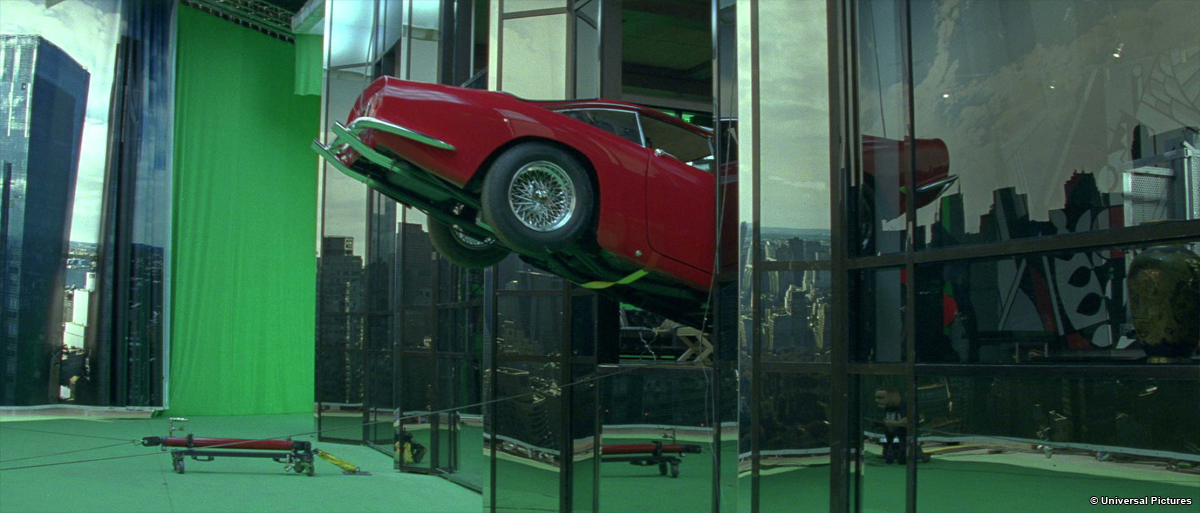 |
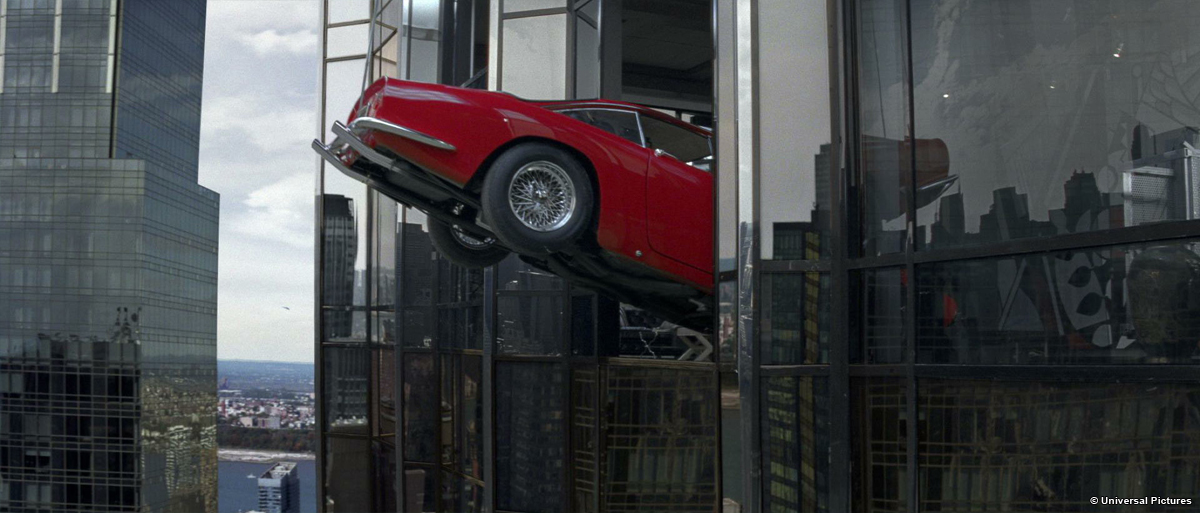 |
What was the biggest challenge on this project and how did you achieve it?
The biggest single challenge was the opening shot of the film. We start close on the face of Benjamin Franklin from a $100 bill, then the camera pulls up to reveal a swimmer in a pool with the bill on the bottom. It continues to pull up until we see that the pool is on the roof of The Tower until we finally tilt up to show the city of New York. This shot was also the most fun for me. Working again with John Bair and Phosphene, we pre-visualized the entire scene first. I planned with the art and camera departments which elements I would need to be built and shot. We built a real pool with a 100 dollar bill printed on the bottom, and we shot it on a stage. Then Phosphene combined that with a CG pool and rooftop that hooked into some aerial photography that I was able to shoot above the Tower. It was one of the shots where the planning and fate were all working for us. Everything came together beautifully.
Was there a shot or a sequence that prevented you from sleep?
There were a number of shots and sequences that kept me from sleeping. The penthouse apartment scenes were the ones that caused me the most stress. We had a very difficult time locking down the balance between the FG and the BG to a place where Brett was happy with it. Ultimately the film looks beautiful and I’m very proud of the work, but it was not an easy process finding the right balance of brightness, contrast, focus and sky detail.
What do you keep from this experience?
I learned a great deal from TOWER HEIST, but mostly I take away huge respect for the artists in NY. They are incredibly dedicated and driven. They did whatever it took to get the job done.
How long have you worked on this film?
I worked on TOWER HEIST for about 15 months.
How many shots have you done?
There are 535 shots that ended up in the film.
What was the size of your team?
I had a producer, data wrangler and coordinator. Then two VFX editors. There were six of us in all.
What is your next project?
I don’t know yet. I’ve been enjoying some down time.
A big thanks for your time.
// WANT TO KNOW MORE?
– Mark Russell: Official website of Mark Russell.
© Vincent Frei – The Art of VFX – 2011


